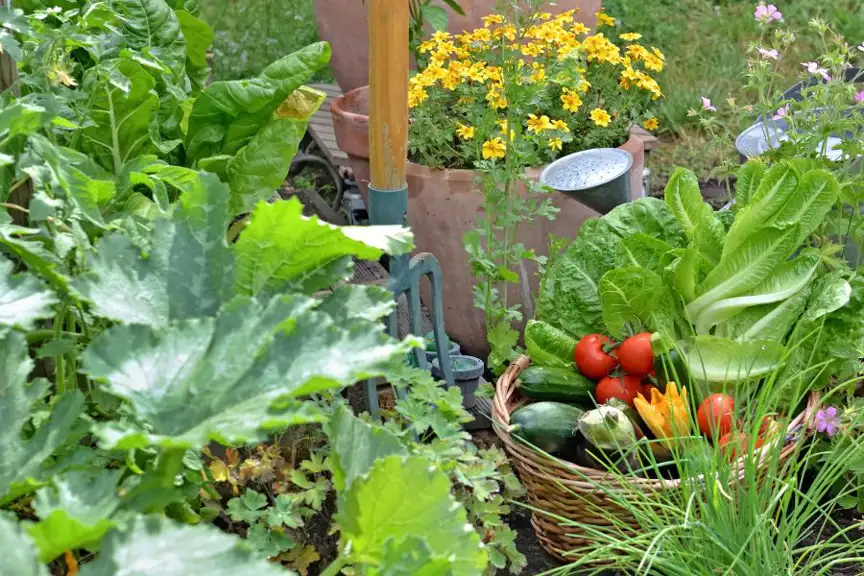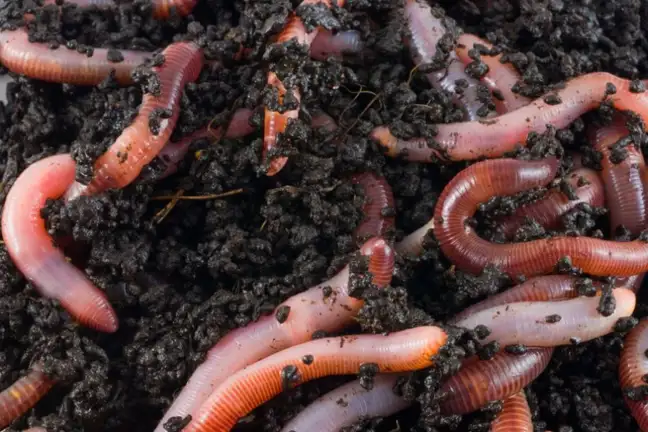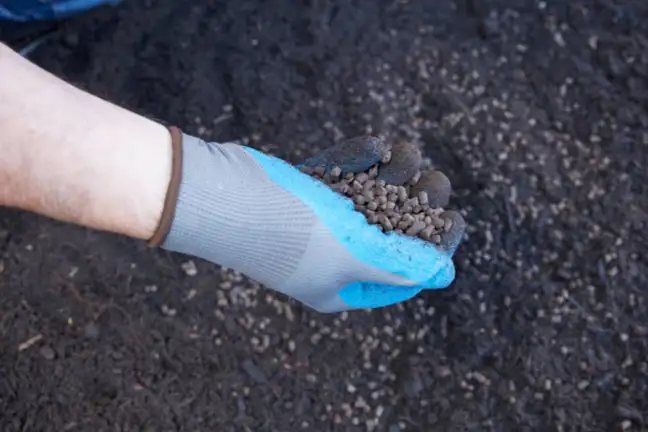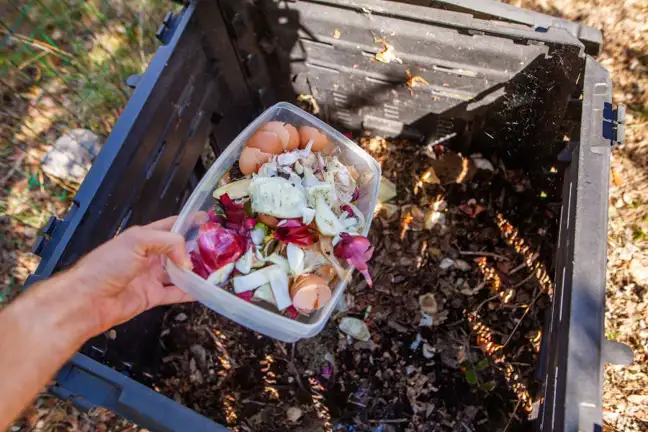Organic Fertilisers
Organic fertilisers are a popular way for people to feed their gardens and lawns and promote better soil quality at the same time. Organic fertilisers can come from a wide range of natural sources, including animal manures like chicken manure, animal by-products such as blood and bone and fish-meal, or plant or vegetable by-products.
Animal manures are rich in organic matter and most contain the key essential nutrients nitrogen (N), phosphorus (P) and potassium (K), which vary with the kind of animal, its diet and if any straw, other plant material or bedding litter is mixed with the manure. It's important for organic fertilisers to contain these three key nutrients, which are essential for healthy leaf growth, a strong root system and lots of flowers and fruit. Healthy, well-fed plants are also more resistant to pests and diseases.








